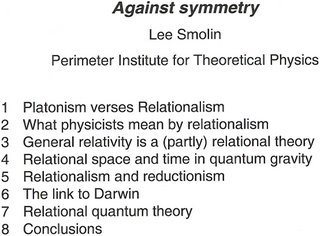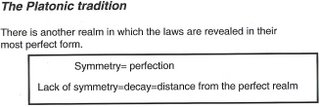String theory isn't just another quantum field theory, another particular finite list of elementary particles with some interactions. It's an intellectually and literally multi-dimensional reservoir of wisdom that has taught us many things of completely new kinds that we couldn't foresee. The Reference Frame: LHC: is a new particle?: LHC: is χb(3P) a new particle?
When you hold a particular point of view about nature it is important in my mind to know where the search is going and what this means overall. How we look at reality and how we look at nature.
 | |
| The spectrum of the |
Also See: LHC heads into new year with first particle discovery
I understand how my own life can be changed from experiencing an anomaly in the everyday world? It is not proof enough. All scientists know this.
Is it better then for those who visit to know that such a thing in a condense matter view can can govern the matter states? This is part of recognizing the geometrical structure that Plato sought to establish as an underlying reality to nature? While it does not all define the matter states so successful we could attribute the universe to a soccer ball? No. For those of you who need more proof seek to find the subject of allotrope or polytopes here and you will understand what I mean.
How it can have such an impact, and to search, where our sciences have gone. I hope one day it offers up an answer. I suspect that the research in science experimentally will most likely lead the way. I believe we will discover something quite dramatic in the coming years that seems now very unlikely.
The lure to write my experience as a truth and to offer it up as a question, is on my mind. I believe we are much closely attached to the depth of reality then we currently know. I can only write it up as fiction then.
This is part of the idea I have about the move into the cosmos as part of our education as civilians of a new cultural thematic that we will make our home out in the stars as a result of this.
Clearly I speak of the elemental nature and gravity, and this too is a pursuit in today's science that is underway. So while I speak in advance of such things, clearly it must be highlighted that this has not been accomplished yet either.
Of course there are theories out there and using them provide for a better perspective about our cosmos and the birth of it. In theory then, there is much that makes sense. In theory, it has to be experimentally proven. In theory, we construct the parameters?
If you have a particle that travels a distance and you use a calorimeter instrument to measure it's identity, then can you not seek to find a representative of calorimeter design that would suit the "time differences of something that would amount to a faster then light"....other then recognize existing mediums as a sure sign of Cerenkov?
You use the space station then? If you follow the history of high energy particles from space this left you with no alternative but to leave the domain of earth to establish some insight into the applicability of the AMS program and particle research? Dark matter research?




















